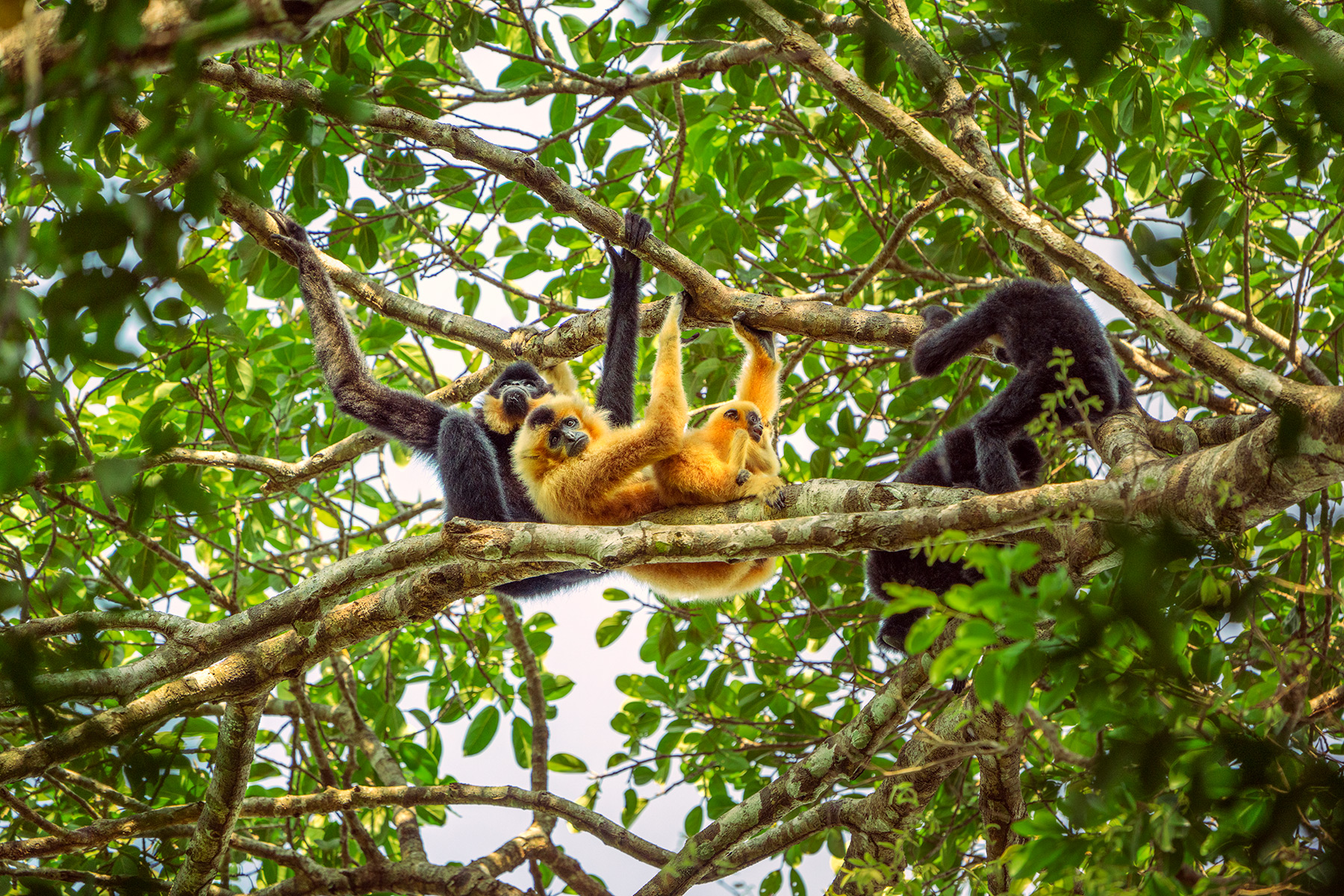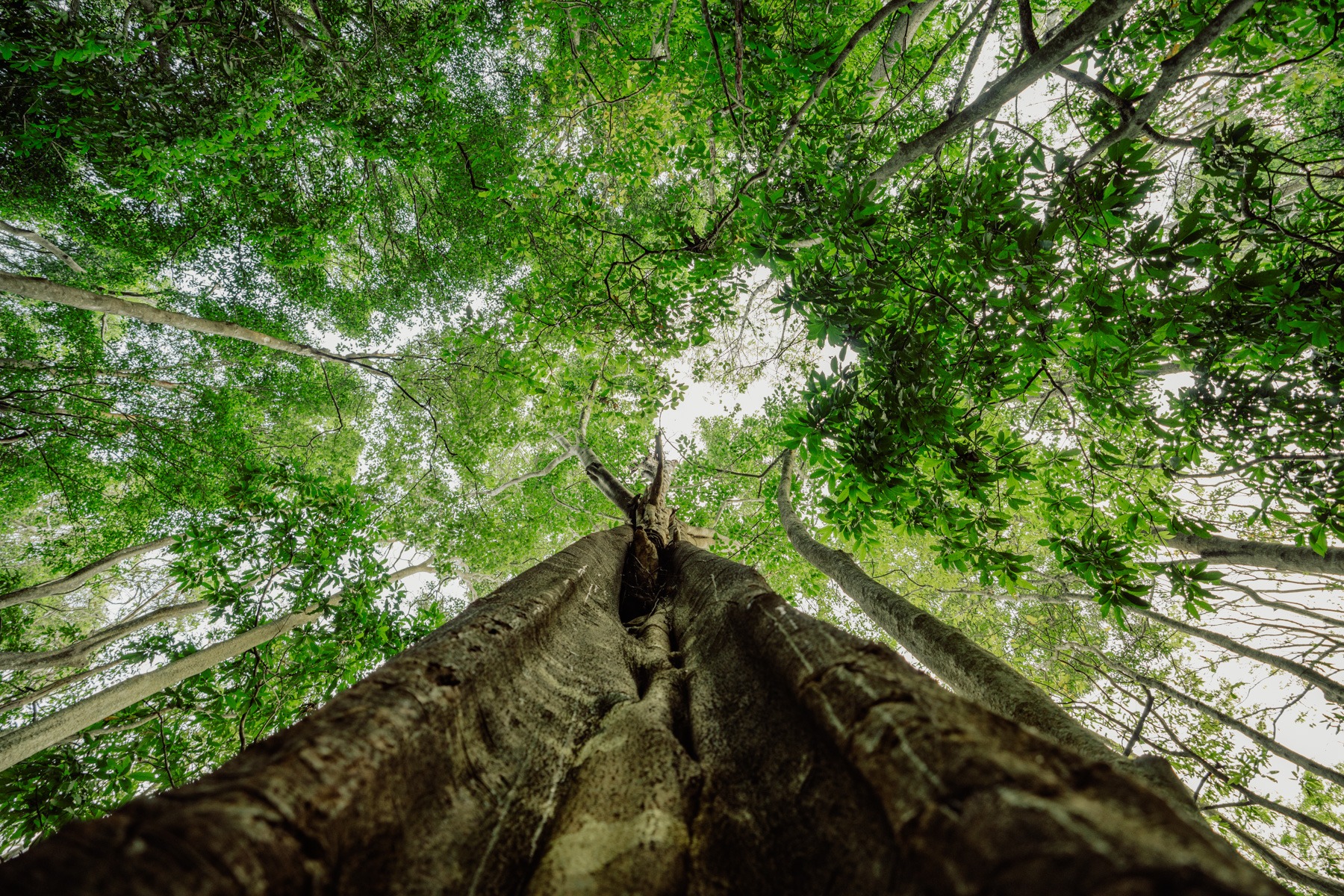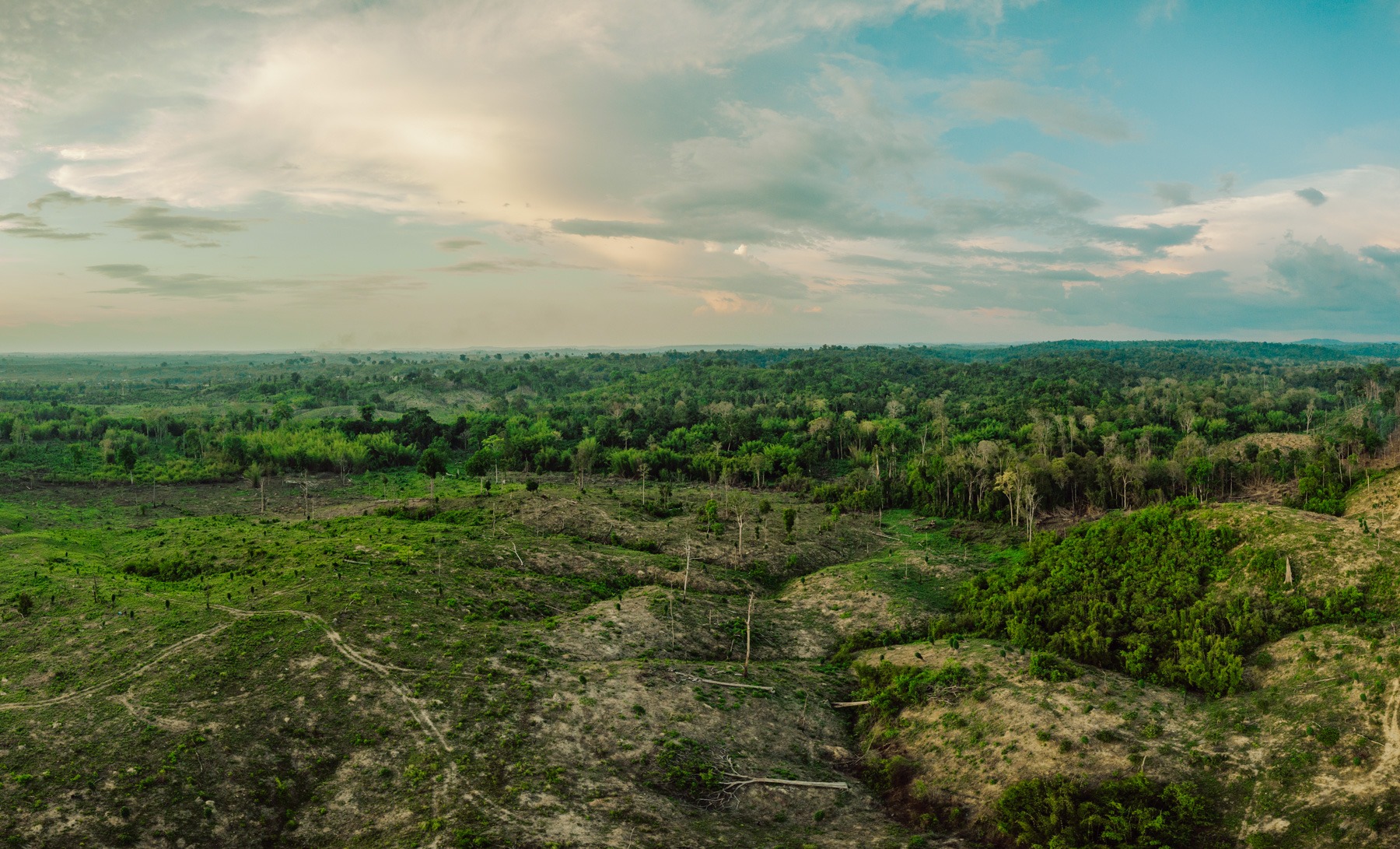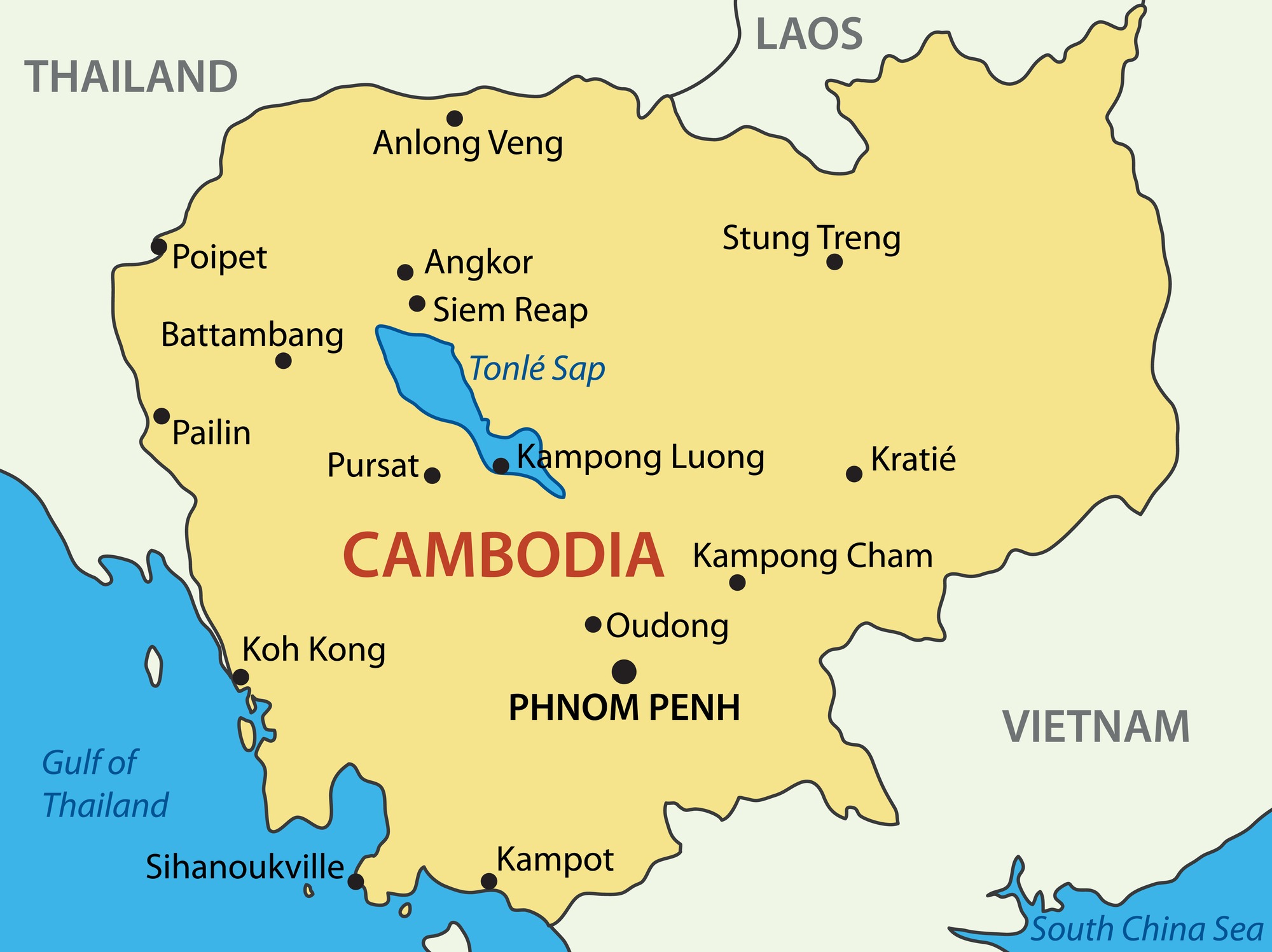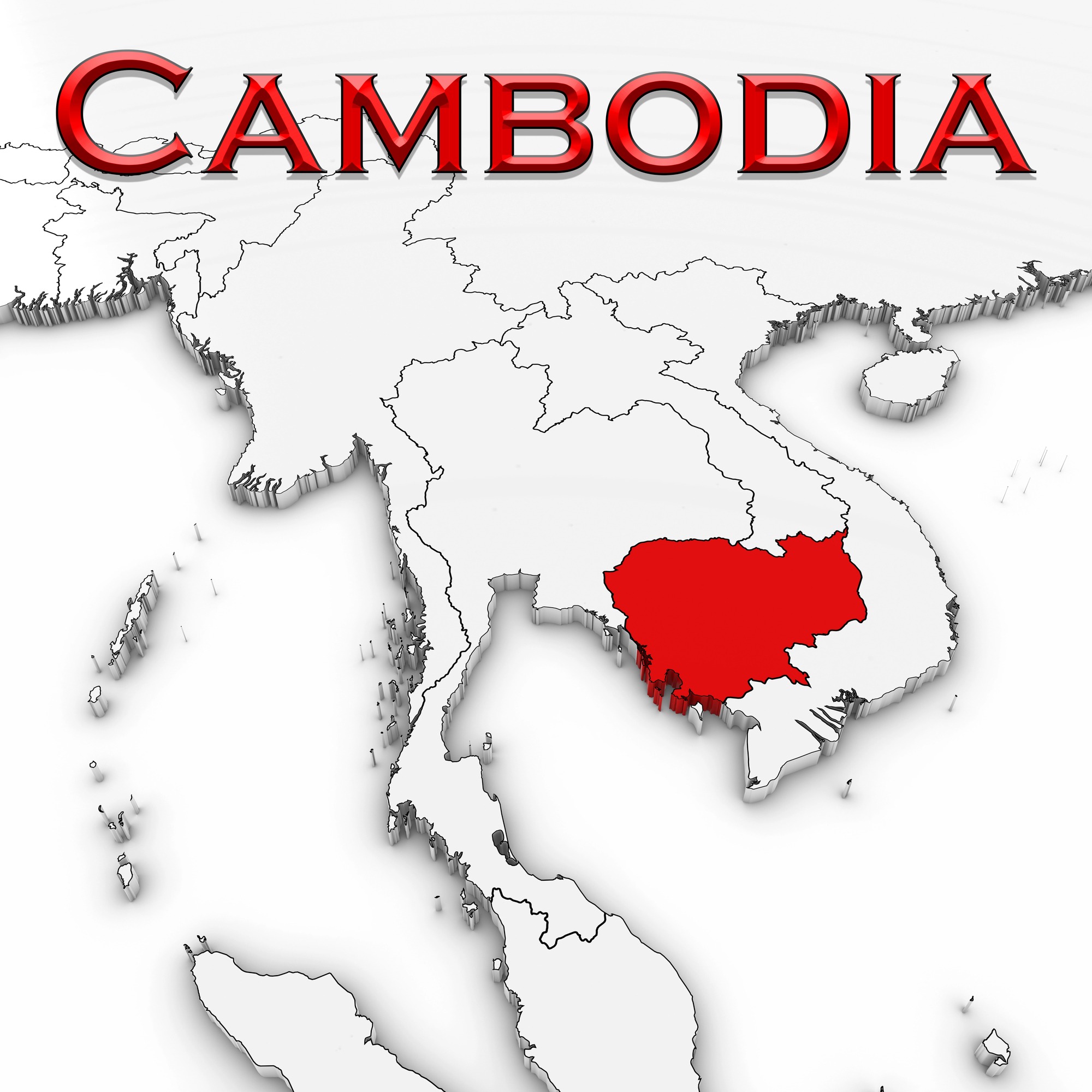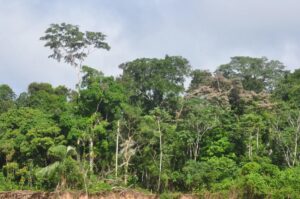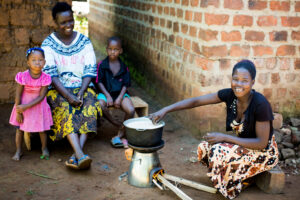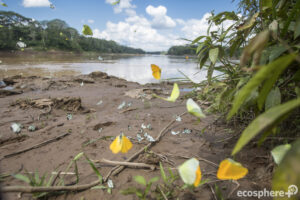Description
CO₂-Project No. 1650
| Registration | Project number | Project category | Project type |
| Verra.org | 1650 | Avoidance | REDD+ |
| Project size (ha) | Location | standard | method |
| 166,983 | Cambodia | VCS, CCB | VM015 |
| developer | CCB validation | Project verification | Other certifications |
| Royal Government of Cambodia (RGC), Ministry of Environment | SCS Global Services | SCS Global Services | CCB – biodiversity gold CCB - Gold |
The Keo Seima Wildlife Sanctuary project is located in the province of Mondulkiri in Cambodia. The project area within the Seima Protected Forest spans 292,690 hectares and aims to avoid over 14,000,000 CO₂ tons during the initial crediting period of 10 years. The project has a total crediting period of 60 years, from January 1, 2010, to December 31, 2069.
The accelerated deforestation of forests for agriculture and the extraction of resources from the area is due to improved road access, population growth, weak legal frameworks, and low recognition of the value of biodiversity and ecosystem services. The project therefore aims to reduce deforestation through a holistic approach to address the diverse causes. These include strengthening legal mechanisms, political support, direct law enforcement, community-managed natural resource management, and the development of alternative livelihoods. The Keo Seima Wildlife Sanctuary project is consistently investing in securing land titles for all indigenous communities in the area. This is particularly important as it protects livelihoods and land rights while also providing a solid foundation for cooperation on project activities. Community members are also trained on what they can do to prevent illegal logging and deforestation. As part of law enforcement in the project area, more than 50 people were arrested and over 1,000 illegal items were confiscated between 2016 and 2017, including snares, chainsaws, and tractors.
The Keo Seima Wildlife Sanctuary project is home to a variety of carnivores, primates, large waterbirds such as the Black-shanked Douc, the Giant Ibis, and the Green Peafowl, just to name a few. The project aims to introduce alternative forms of sustainable livelihoods to promote and preserve biodiversity in this area, such as through ecotourism. One such initiative is the establishment of the Jahoo Gibbon Camp. According to the Keo Seima Wildlife Sanctuary website, the Jahoo Gibbon Camp generates annual income of over 14,000 USD. The revenue is reinvested in the community to support the camp’s management and development.
The project partners include the Royal Government of Cambodia, represented by the Forestry Administration (FA) of the Ministry of Agriculture, Forestry, and Fisheries. The Wildlife Conservation Society Cambodia Program (WCS) is the leading technical partner. The FA and WCS have been working on protecting the area for eight years prior to the start of the project. As a result, the team has a well-established core team. The team managers have extensive experience in managing protected areas, enforcing forestry laws, developing community engagement programs, and monitoring wildlife.
The Forestry Administration has the legal mandate to manage forests in Cambodia, including protected forests. It has more than 1,500 staff members, including senior officials and a central technical office in Phnom Penh, as well as a network of local offices that extend to all districts. The staff deployed for the Keo Seima Wildlife Sanctuary project mainly come from the Department of Wildlife and Biodiversity and the Department of Forestry and Community Forestry. They have extensive experience in managing protected areas, enforcing forestry laws, developing community engagement programs, monitoring wildlife, coordinating with other stakeholders, and managing large budgets. In addition, FA staff also provide training and coordinate the involvement of officials from provincial and district FA departments.
The Wildlife Conservation Society Cambodia (WCS) program is an international conservation NGO with strong institutional capacity to support the FA’s work. WCS currently oversees a portfolio of more than 500 conservation projects in 60 countries across Asia, Africa, Latin America, and North America. WCS is currently working with communities and governments in 18 landscapes and 14 countries to develop subnational REDD+ projects and support the development of national REDD strategies. WCS is working on subnational REDD+ projects in landscapes for which long-term plans already exist.
https://registry.verra.org/app/projectDetail/VCS/1650
The sustainable development goals of the United Nations (UN SDG), also known as Global Goals, are a framework developed by the United Nations as a universal call to action. The 17 Global Goals are interconnected and recognize that actions in one area affect outcomes in others. The Global Goals aim to address critical social, economic, and environmental challenges to ensure sustainable development for all people by 2030. The reporting framework provides governments, businesses, organizations, and other stakeholders with a structured approach to track their contributions and progress toward achieving the SDGs.
Learn more about the UN SDGs here
This project supports the following goals:
 | 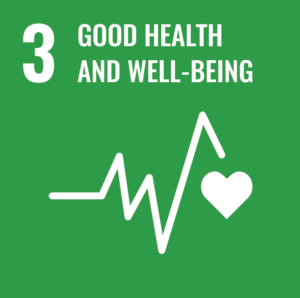 | 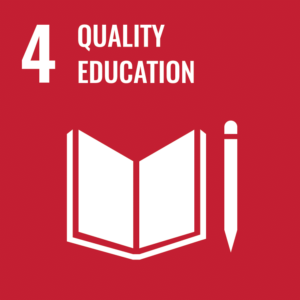 |  | 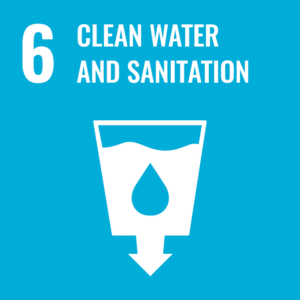 | 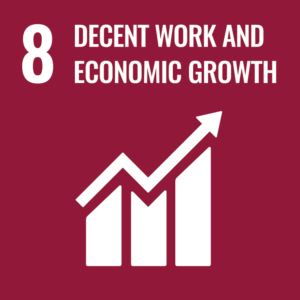 |
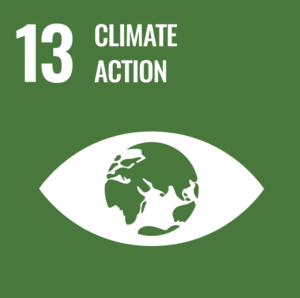 | 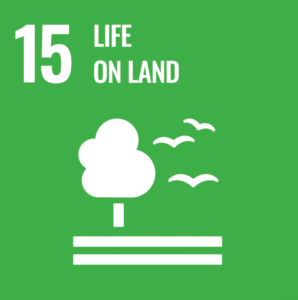 |
Documentation CO₂ Project No. 1650
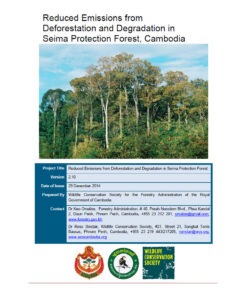 " width="241" height="300" class="size-medium wp-image-4464" /> " width="241" height="300" class="size-medium wp-image-4464" /> | Project description | 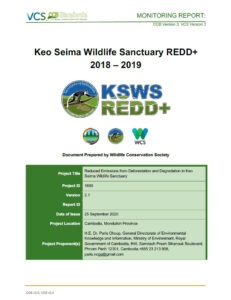 " width="231" height="300" class="size-medium wp-image-4466" /> " width="231" height="300" class="size-medium wp-image-4466" /> | Validation report |
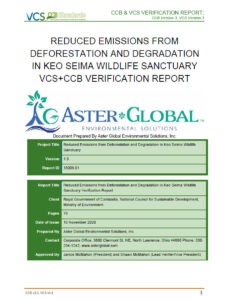 " width="230" height="300" class="size-medium wp-image-4467" /> " width="230" height="300" class="size-medium wp-image-4467" /> | Monitoring report | 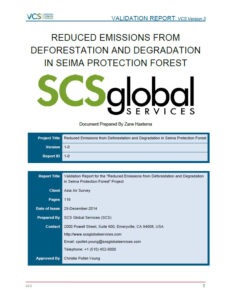 " width="232" height="300" class="size-medium wp-image-4468" /> " width="232" height="300" class="size-medium wp-image-4468" /> | Monitoring report |

